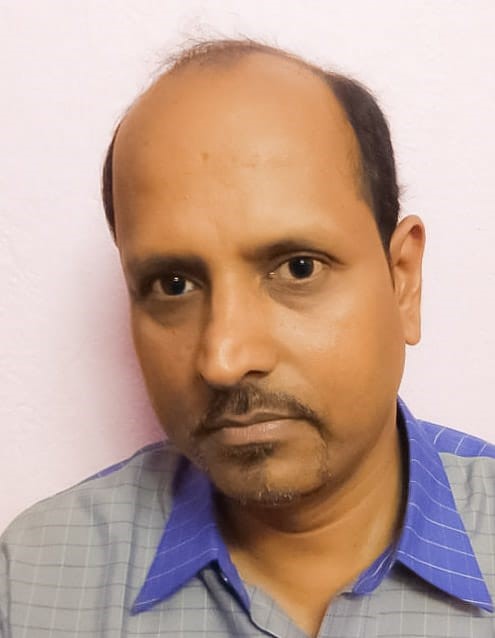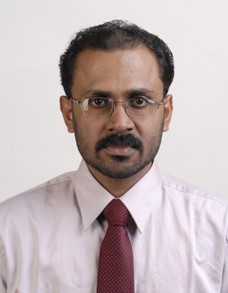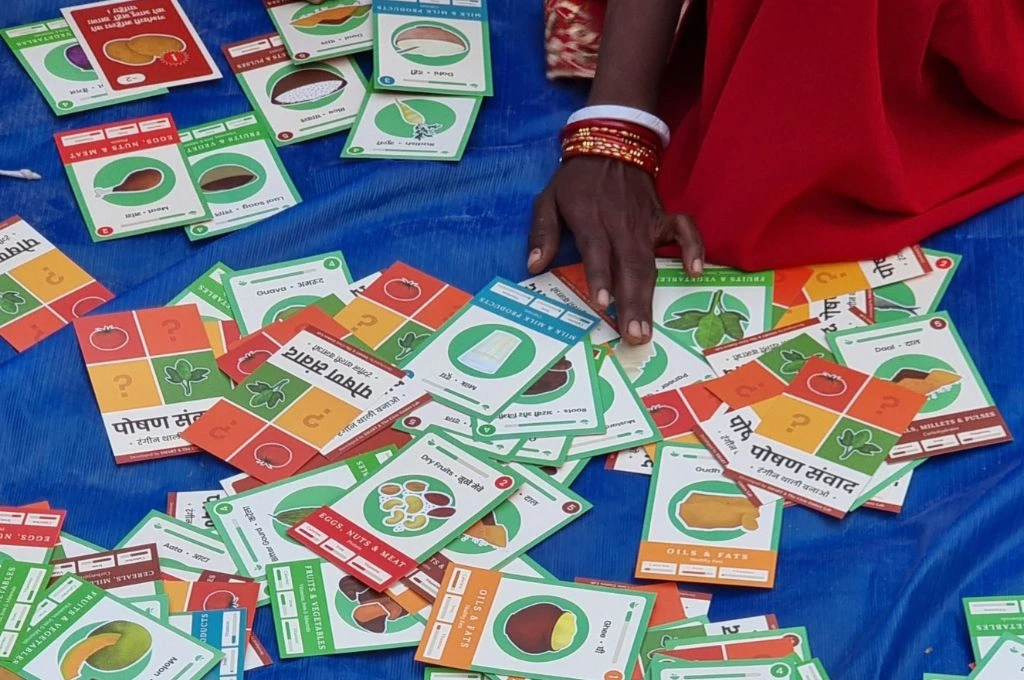Funders usually ask us nonprofits this question: What does success mean to you? And the answer we often give is, “when we can exit a community, because our work there is done”.
Success is therefore defined as a self-sustainable community that is able to take care of its own needs and aspirations, and which can continue to access the benefits generated during the period of the project.
At PRADAN, our answer was no different. We had been investing in the villages we worked in, organising communities, and implementing developmental projects that the locals identified as important. The incomes of families had definitely increased many-fold — and it made us happy — but we soon began to realise that once PRADAN left the area, the ‘development’ work didn’t continue, and wasn’t replicated in the nearby villages or even in the same village.
We were, in a way, a barrier for the community’s ability to reach their potential; they had become dependent on us; complacent even. The general feeling was that ‘their’ nonprofit partner would look after them, tell them what to do.
Success is therefore defined as a self-sustainable community that is able to take care of its own needs and aspirations.
In Jharkhand — where both of us have been working for the last 20 years — we’ve seen a great deal of social mobilisation — there are several SHGs, CBOs, and federations. But most of them have come up under the guidance of nonprofits, and have followed their ‘parent’ nonprofit’s approach to mobilisation.
One reason for this is that the parent nonprofit usually operates in an area where the local administrative systems are almost absent; hence the local community-based organisations (CBOs) start relying a great deal on this ‘efficient’ new player. The second reason is that questioning the parent nonprofit’s approach can be seen as disloyal by the parent, and sometimes is even perceived as a threat.
The point was further brought home by a senior Member of Parliament who told us, “You have mobilised so many women, and they have such great social capital; but why are they then unable to raise their voices against any injustice they face? It is because they have not realised their potential. They merely operate in the way that you want them to. You haven’t helped them discover their true potential.”
This set us thinking, and we asked ourselves — is there another way to engage with communities? Where ultimately, they can unlock the social capital that they have built, exercise their agency without external help, and where they themselves can decide on their development agenda.
We started looking into how this could happen
Take for example the Panchayati Raj system in Jharkhand. It is at a very nascent stage. The state is a relatively new one in the Indian republic, and has seen only two election cycles in the last 18 years. Therefore, it hasn’t seen much negative politicking and excessive concentration of power, as yet. It also means however that the panchayat, as an entity, is not very empowered.
In some cases, though where the panchayats are somewhat effective — opening their office regularly, visiting villages, talking with the people, and understanding their issues — the CBOs are beginning to see their value, even though the concept of local government is a new one.
Over the years, CBOs had developed the language and tools to deal with block- and district-level officials, even though this wasn’t easy for them. They may have learnt how to access the officials but they are still learning how to deal with other powers at play — contractors, thekedars, rich people with connections, and are usually at their mercy.
Also, when citizens go to the block-level, the administration doesn’t consider itself accountable to the citizens. No matter how many grievances and complaints are lodged, the administration is unfazed. They might conduct some internal departmental studies, but nothing is likely to come from it. Ultimately, control remains within the hands of the administration.
On the other hand, when citizens engage with the local panchayat, they are engaging with their fellow villagers; the CBOs can ask questions and demand services. More importantly, they know that they have the power to change the gram panchayat in the next election, unlike the block officials who are non-elected bureaucrats. For citizens to be taken seriously, they therefore need access to a democratic structure — where there is a public servant at every stage.
It made us think: What if we could build on these two bodies — the CBOs and SHGs as citizen collectives, and the Panchayati Raj Institutions (PRIs) as local governments with constitutional power — in a manner that they could play a complementary role to each other?
Greater than the sum of its parts
We initiated a pilot with 16 gram panchayats that had strong CBOs. And through discussions and deliberations we have been creating space for PRI-CBO interface, where they can talk to each other, address their concerns, and help each other.
This has meant working more actively with the panchayats. When panchayats are given an identity of their own, when they realise that they have sanctioned constitutional space and power, they begin to realise their own potential. They start negotiating their space from the administration (at the block and district level), and taking initiative for the development of their own area.
Citizen power combined with the panchayat’s power results in a new narrative, and a different kind of developmental outcome.
Take the example of banning alcohol. It is one of the top agendas for almost all CBOs. Despite this, in the past, when they took it on independently within their villages, it would result in, at the most, some tension in the village for two or three days, and then within a month, the situation would go back to square one.
Today, when CBOs negotiate with the panchayat, and the panchayat issues a letter stating that alcoholism isn’t permissible in the village, it carries a different kind of heft. This kind of citizen power combined with the panchayat’s power results in a new narrative, and a different kind of developmental outcome. It allows people to start thinking that they are in charge of the development of their area, and that they can decide and draw support from different agencies as and when required. Essentially, it shifts control, responsibility, and ownership closer to the people.
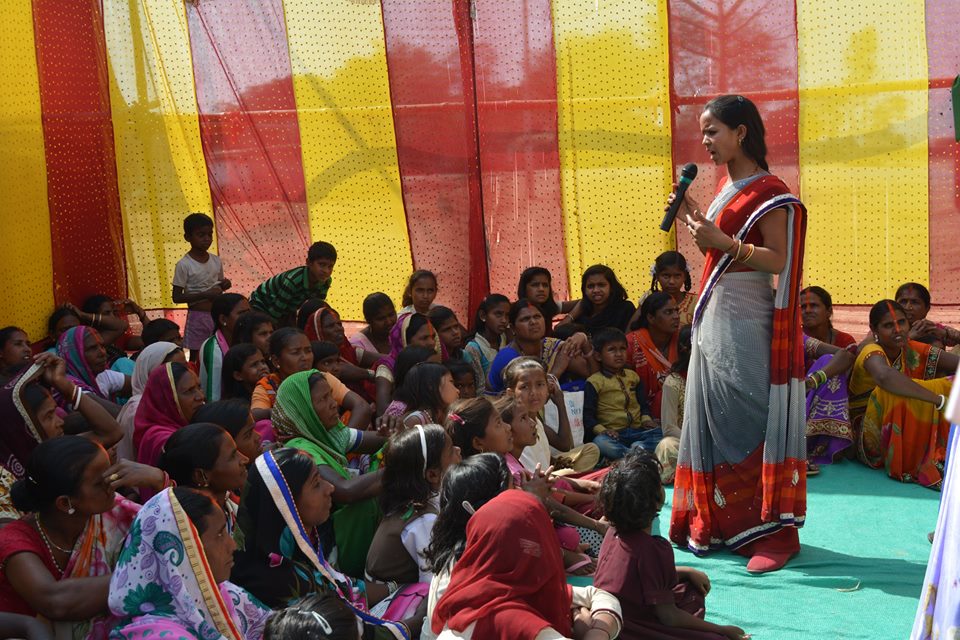
When people are given sanctioned constitutional space and power, they begin to realise their own potential | Picture courtesy: PRADAN
Nonprofits can only do so much
Nonprofits are limited in the manner in which they can engage with government departments — they can influence policy, demonstrate against restrictive practices, and come up with innovative solutions — but they have limited space to bargain. Panchayats on the other hand, have that legitimate space. The government has to listen to them, they are constitutionally bound to.
Once both panchayats and CBOs realise this, we have the potential to create a sustainable system — one in which citizen bodies become aware of their roles, rights, and entitlements, and panchayats become aware of their responsibilities and authority. Jointly, they can negotiate with government departments and other stakeholders to create positive development in their areas.
It’s time to move away from the traditional approach of ‘community development’
In the old way, when we went to a village, we would help them to make maps of their village to highlight their current land-use pattern. A set of families would walk with the planner; they would say, “I was growing millets here, now I would like to grow vegetables, so what kind of investment is required?”
Each patch would have a plan; they would build a proposal based on this plan and give it to various government departments. We found that if we helped them get things done in this process, they could build the things they needed — wells, ponds, toilets, and so on. But once the project ended, they would not go to the block and ask for one more well, house, or toilet, because they were used to the process being PRADAN-mediated.
They, themselves, didn’t know how to engage with panchayats, or block level departments to access their entitlements, because we hadn’t built their ‘democratic capability’. As a result, after the project was completed, life, for most of them, usually went back to square one.
Unless communities take charge, we are only creating models of our own; nonprofits cannot create sustained or large-scale processes.
This is what we have to change. But the problem with both, us nonprofits and our donors, is that we all want immediate results. If one starts working on PRI building, the questions are, what next, how will you measure it, what is the change in the productivity of the area, and so on.
This impatience for results is translating into inadequate change on the ground. And one can see the results, or the lack of it. In the last 70-75 years, we still haven’t been able to crack how to ensure sustained improvement in the lives of people.
Unless communities take charge, we are only creating models of our own — nonprofits cannot create sustained or large-scale processes. PRADAN works with 3.5 lakh families, but our impact is not on all of them. Intuitively, around a quarter would have seen marked improvement, another quarter may be on their way, but there is possibly only a marginal difference with the remaining half of the families.
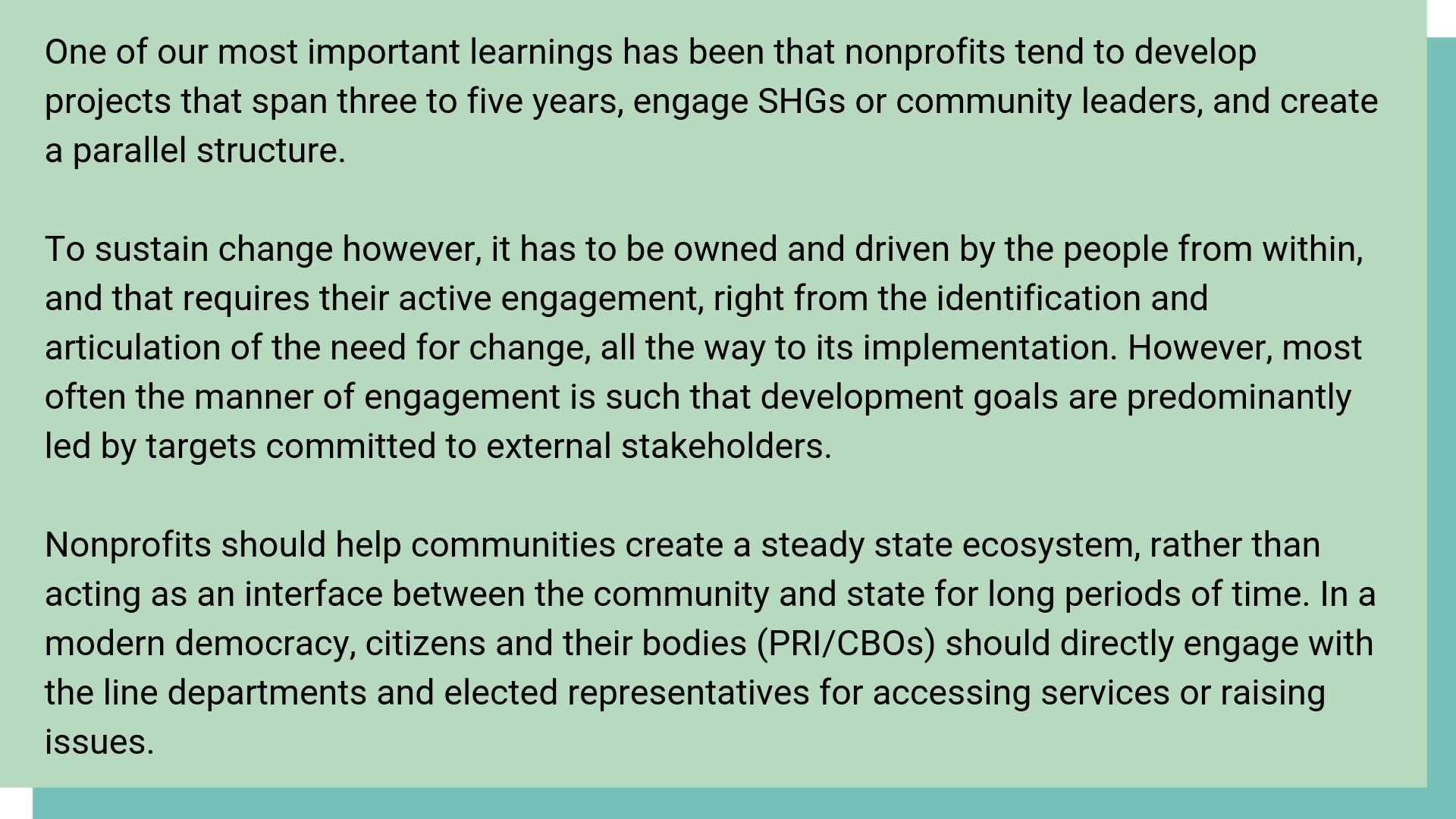
The government must look beyond instant results too
We see many state-sponsored programmes that run independent of the panchayat. They don’t want to invest in panchayats, instead they build parallel structures. Their rationale is that the panchayats are not capable and they might be open to corruption. Hence, they are reluctant to invest in them because the government, like funders, needs to see immediate results. However, by doing this, one isn’t building a sustainable ecosystem.
The government must realise that it’s in their own interest to invest in panchayats. Kerala is a great example of what strong local governments can achieve. The reason the Kerala government is able to successfully implement any programme — be it education, sanitation, health, or MGNREGA — is because the system is so robust, right up to the grassroots; they can take on any challenge.
The government must realise that it’s in their own interest to invest in panchayats.
In Jharkhand on the other hand, it’s hard to take development activities to the people because the systems and the extension machinery do not work. One way to make them functional and accountable is to invest in them. But it is a long process.
People always want to see immediate results. So, we struggle to find donors who are willing to support us for 10-15 years. And, on the other hand, until and unless we demonstrate something, it is difficult for the state to take it up.
If we see the interface between the citizen and the local government as being at the core of addressing developmental issues, and all other efforts as only supportive to enhance the efficiency of this core, only then are we likely to create long-term sustainable solutions to issues that we, as a nation, have been grappling with.


